2 Days in Toledo, Spain: The Utimate Itinerary
Toledo is a lovely old city in Spain, rich in history and culture. The people are friendly, the food tastes amazing, and there are so many things to do!
You can visit this small city in 1 day, but here, I’ll tell you why you want to stay for more than one day. Find the best places to visit on an itinerary for 1, 2, and 3 days in Toledo- from museums to markets to cafes. Explore what this beautiful place has to offer!
Toledo is also an ancient city you must see during the day and night.
I propose these different itineraries depending on the number of days you have. If you want to know the important places in Toledo, click on this link.
Recommendations:
Itineraries for Visiting Toledo on a Weekend
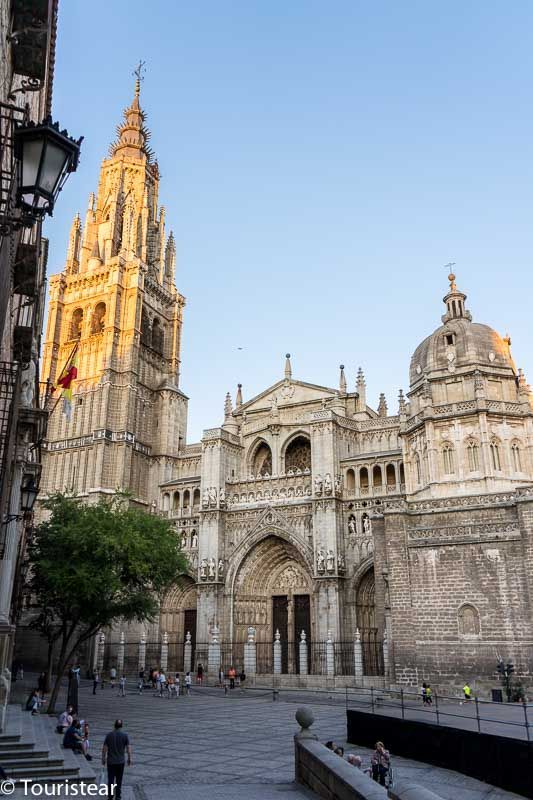
1 Day in Toledo Itinerary
What to see in toledo Spain in one day? If you arrive early in Toledo on your first day, you can do this tour:
In the Morning
Get in Toledo by the Bisagra Gate. Then, go to Zocodover, one of the liveliest places in the city, to enjoy a hot cup of coffee.
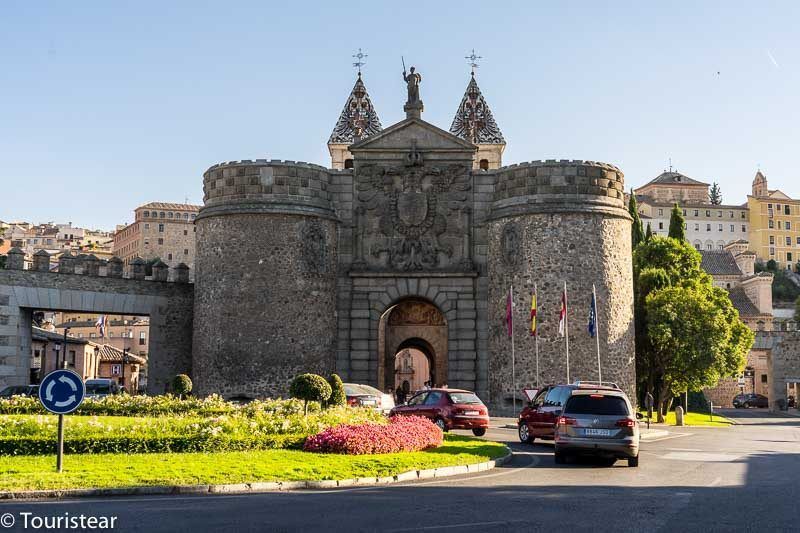
Continue your journey to the Mosque of “El Cristo de la luz,” and if you are on time and not very hungry, visit the “Catedral Primada.”
Keep in mind that this Toledo cathedral is vast, so you’ll need at least an hour (or more) to get around this neoclassical beauty.
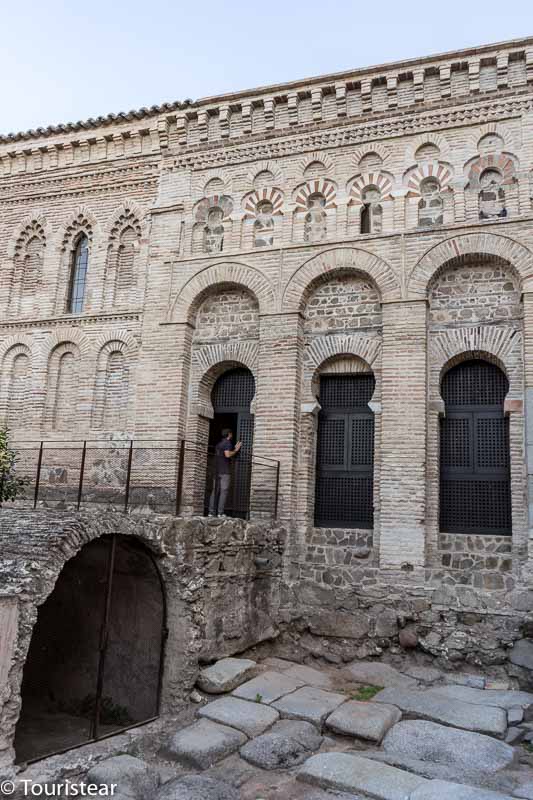
After making a stop to eat good food, I recommend trying the carcamusas. It’s a traditional dish of Toledo that you can order as “tapa” (small quantity) or as “ración” (bigger quantity). Your choice!
In the Afternoon
After lunch, go to the Alcántara Bridge or Puente de Alcántara and enjoy the wonderful piece of history that Toledo offers.
Then, go up to the National Library, into the Alcazar building, and through the main entrance opposite the army museum, you can enjoy the magnificent views of the city.
Continue your visit to the Jesuit Church, also called Iglesia de los Jesuitas, and see the marvelous Caves of Hercules known for its fascinating mysteries.
During sunset, you can enjoy the scenic views of the Mirador del Valle. Get a shot of the panoramic view of the city with your camera, take a video, or even take a snap of the perfect travel SNS post with your phone.
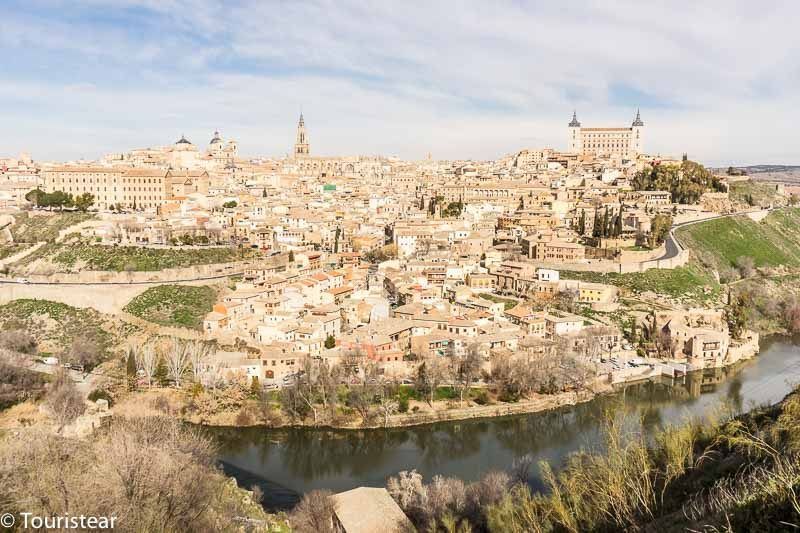
At night, you can do a guided tour of the Underground Toledo. Like the Vatican underground tunnels, the Underground Toledo provides an insight into the cemeteries, wells, and caves under Toledo, Spain.
Where to Stay in Toledo Spain?
After the short walking tour, it is time to relax on the terrace of the Carlos V hotel with a good drink. The gin-tonics are great, and you can also enjoy the city at night. Book a night’s stay here!
- Check Out: Do you prefer a private tour in Toledo?
2-Day in Toledo
In the Morning, Stroll the Jewish Quarter
Get to know the history and culture of Toledo’s medieval Jewish community and stroll through its most emblematic narrow streets and most outstanding historic monuments.
Some of the must-see places you have to visit are “La Sinagoga del Transito” (Sephardic Museum), the oldest synagogue of “Santa Maria la Blanca,” and the Monastery of “San Juan de Los Reyes.”
But since all these visits take time, I divided this day into two, considering the places closest to each other and the ones you could visit with enough time. So I’ll tell you later.
Visit the El Greco Museum
We start the second day in Toledo by visiting the Museo del Greco, one of the must visit places in the city.
It is the only museum in Spain dedicated exclusively to the renowned painter, El Greco. The museum conveys the influence of his work and personality in Toledo during the early seventeenth century.
In the museum, you will see a multifaceted painter and learn how the Greco influenced other painters. Learn more of his history and creations here.
You will also see the remains of his house from the XVI-XVII century and the caves in the Jewish quarter that brought the “Marqués de la Vega-Inclán,” recreating what could have been the house of the Greco.
In one part, you will see the recreation of the house of the Greco around the Toledo courtyard and in the other, you will visit the Museum.
Depending on the dates, the museum has temporary exhibitions and cultural programs; you should consult them before your trip.
Sephardic Museum Synagogue “Del Transito”
The Synagogue “del Transito” is built in the fourteenth century and was founded by “Samuel ha Levi.” Over the centuries, it has changed its role numerously and has become one of the main attractions of the city.
First as a synagogue, and then as a church. Later, it was turned into an archive of military orders, next as a hermitage, and now it is the Sephardic Museum.
The Sephardic Museum was created in 1964 by decree and is located in Spain’s largest Hispanic-Jewish building, the Samuel ha-Levi Synagogue, also known as Synagogue del Transito. It’s at the heart of the Jewish quarter of Toledo.
In this museum, you will learn about the history of Judaism, its way of life, and about the Jews throughout history. You’ll also see archaeological finds plus temporary and permanent exhibitions.
Church of “Santo Tome”
Iglesia de Santo Tomé is believed to have been founded in 1085 by Alfonso VI after the reconquest.
The first building was Mudejar with an arch that separates the main presbytery hall and some decorations. The building and arches show intricate details preserved over many years,
In the early 14th century, this church was rebuilt by Don Gonzalo Ruiz de Toledo, the Lord of Orgaz.
The tower is one of the elements that has endured the primitive church. The carved pieces that you can see throughout the church date back to the Visigothic era. The shape is square and follows the schemes of the minarets.
In the 16th and 17th centuries, further reforms were made. In 1972, the Greco painting museum was renewed with a separate entrance for visitors.
Inside, you will be able to see valuable sculptures from different eras and five Chapels. The Gothic style of the main chapel draws the attention of tourists.
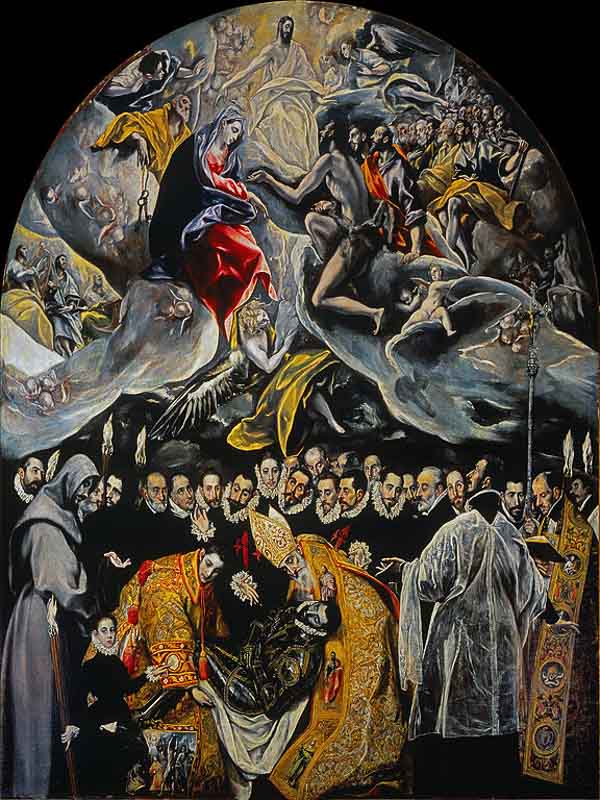
But for the most part, visitors go to the church of “Santo Tome” because of its painting of the burial of the Count of Orgaz (“Entierro del Conde Orgaz”).
The picture depicts Don Gonzalo Ruiz de Toledo, known as Count Orgaz or Lord Orgaz.
The 14th-century nobleman was buried in this church and during that time, a miracle occurred during his burial. St. Augustine and St. Stephen came down from heaven to bury him while a voice was heard saying, “Such an accolade receives who serves God and his saints.”
The miracle was recognized in 1583, and the church’s parish priest wanted to leave a testimony of this fact and commissioned a canvas to preside over the chapel of the Lord of Orgaz.
For this purpose, he has been recognized as the best painter of the time: Doménikos Theotokópoulos, better known by the nickname El Greco.
Address: Plaza del Conde 4
By now, it’s time to eat something, so we recommend that you don’t get too far and eat something in the Jewish quarter.
- Check Out: FREE WALKING TOUR IN TOLEDO
The Afternoon of the Second Day in Toledo
The afternoon is already more relaxed, making it the perfect time to visit the Monastery of “San Juan de Los Reyes,” the bridges of “San Martín” or Puente de San Martín, and the “Puerta del Cambrón.”
If you dare, you can throw yourself through the zip line, and in the evening, we recommend that you take the route through the Magical Toledo.
Monastery San Juan de Los Reyes
The Monastery of San Juan de Los Reyes de Toledo is one of Spain’s most beautiful Gothic temples. After the cathedral, it is the largest Gothic temple in the city.
It was built to bury the Catholic Monarchs, who ordered its construction in thanksgiving for the victory of the Battle of Toro in 1476. The battle definitively settled the war for succession to the throne which was in favor of Princess Elizabeth.
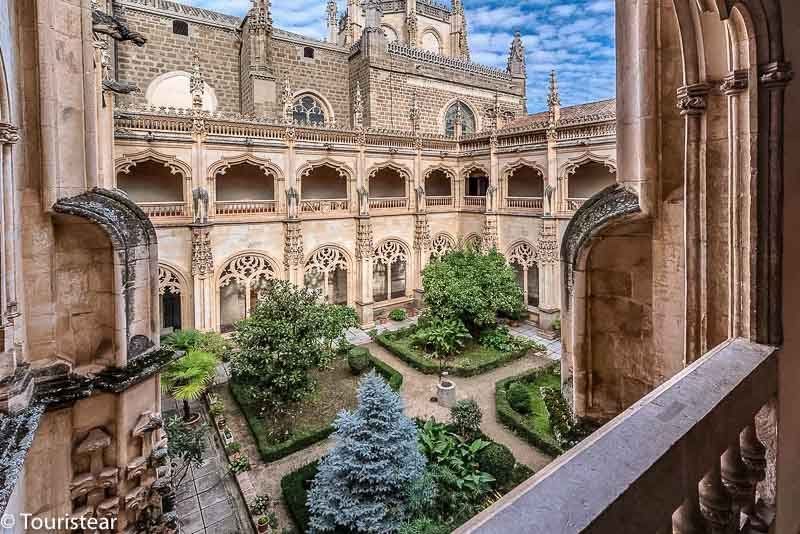
The works began in 1477 and were almost completed by 1496.
If you want to know more about its history, I leave you this link to expand the information.
The Cloister is the most beautiful thing in the monastery. It has two floors and a garden that evokes the Garden of Eden. You can see trees of arrayanes, a cypress, an orange tree, and other species that provide harmony, ideal for escaping the noise of the city.
Bridge St. Martin’s
The bridge of San Martín de Toledo was built in the Gothic period and was part of the city’s defense system.
You can see its arches and defensive towers. Go across it to enjoy the views.
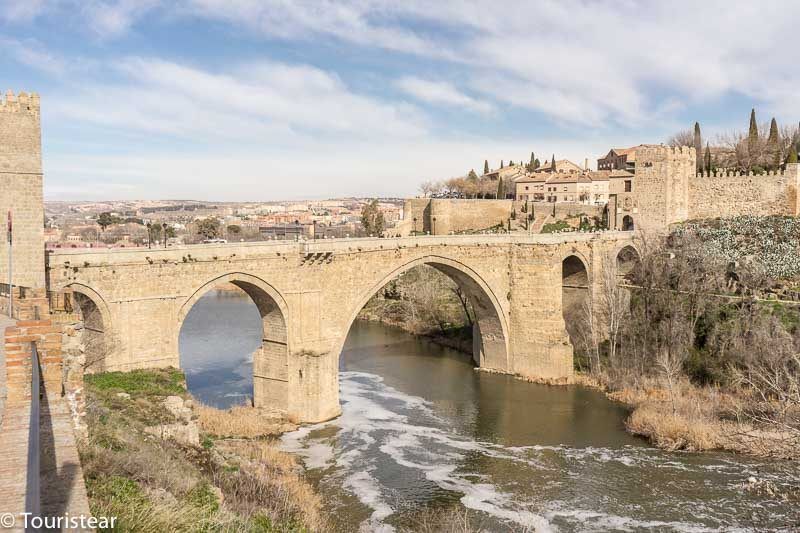
Regarding the date of its construction, it is not known for certain, but this section of the Tajo river has been referenced in 12th century documents.
There was once an ancient bridge since Arab times, which was destroyed by the river’s flooding. Under the water, next to one of the towers, lies the remains of a Mudejar tower. It was called Baño de la Cava.
The new bridge was partially destroyed in the 14th century by the battles between the kings of Castilla “Pedro I el Cruel” and his half-brother “Enrique II de Trastámara.”
During the middle ages, taxes were levied on the different goods that crossed over here to finance the public works of the time.
The bridge suffered several reforms over time. In 1921, it was declared a National Monument and bore with the passage of vehicle traffic until 1976. Nowadays, you can only pass on foot.
Gate del Cambrón
Cambrón Gate is one of the historic centre entrances of the city and is the only one by which you can go through with a car.
The ground floor is the only thing that remains from Arabic origins. The rest is from the sixteenth century as a result of a restoration that was done from 1572 to 1577. Unfortunately, during the Spanish civil war in 1936, it was seriously damaged.
Ziplines of Toledo
If you want to live and see Toledo from another angle, I dare you to throw yourself onto the zip lines.
They are next to the St. Martin’s Bridge, the entrance costs 10 euros, and you don’t have to book in advance. They are also accessible to everyone.
Venture through the Magical Toledo, the city’s most famous night guided tour and one of the best valued.
It leads to another side of the city full of underground tunnels, streets, alleys, and enchanted corners that tell you stories of witches and wizards. Without a doubt, it is an exciting experience in Toledo.
3-day in Toledo
If your third day in the old town of Toledo is on a Sunday, take advantage of the fact that you can enter the Alcazar and the cathedral for free.
Alcazar de Toledo, on Sundays, the Visit Is Free
The Alcazar de Toledo is located on the highest hill of the city. Since the beginning, when it was a palace during Roman times, and then as a Muslim Alcazaba, this building has always served a defensive function.
The construction of the building that you will see was ordered by Charles V, the emperor, in order to have a residence. To this end, the former medieval castle was almost completely destroyed.
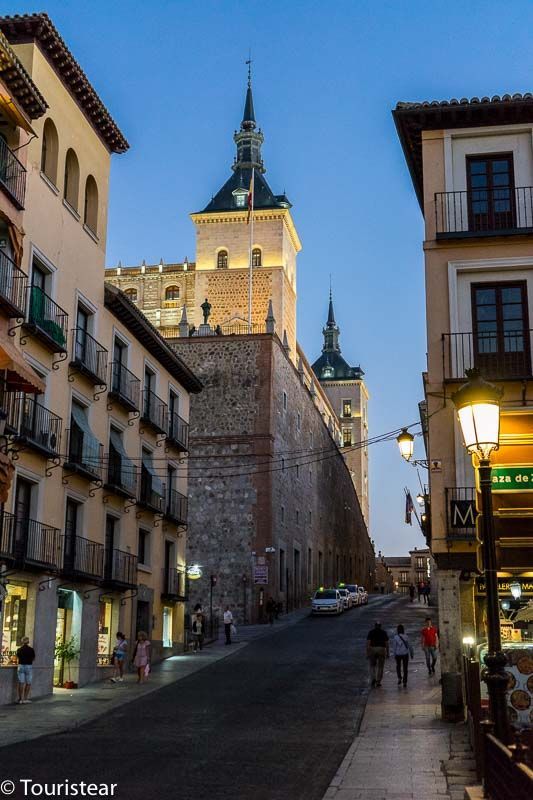
Throughout its history, the Alcazar had different uses. The Jail of the crown was the barracks military headquarters workshop, the host for the Academy of Infantry.
It suffered several fires and in 1936, it was destroyed almost completely during the Spanish Civil War.
In 1940, its reconstruction began, and since 2010, it houses the Army Museum, where you can see temporary exhibitions, archaeological remains, and everything related to the army.
On the other side, you can visit the Library of Castilla-La Mancha, and from there, enjoy some of the most beautiful views of Toledo (the entrance is free for the library).
To be considered:
- The museum is closed on Mondays and on some national holidays.
- The visiting hours are from 10 a.m. to 5 p.m.
Santa Cruz Museum
The Museo de Santa Cruz is located in the old Hospital de Santa Cruz, founded by Cardinal Pedro González de Mendoza as a general hospital.
It was built in the early decades of the 16th century after the death of its founder in 1495 and it is a masterpiece of the Spanish Renaissance.
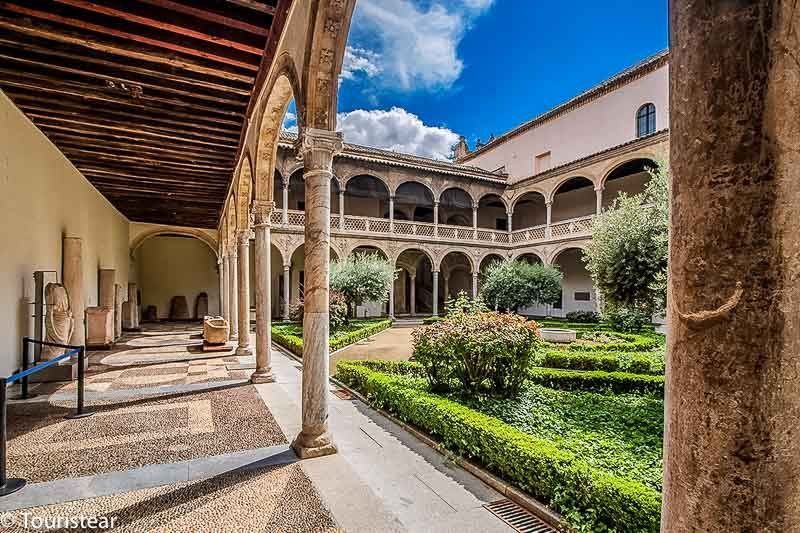
You will undoubtedly draw your attention to the cover dedicated to the Holy Cross, the cloister, and the ladder of Covarrubias.
In the museum, you can see different temporary exhibitions and contemplate the extraordinary architecture of the place.
Address: C/ Miguel de Cervantes, 3
Hospital of Tavera
The Tavera or San Juan Bautista hospital is a Renaissance-style building that was built between 1541 and 1603 by the order of Cardinal Tavera.
It has a palatial atmosphere and a very important pictorial, sculptural, and mobile collection of the Golden Century. The hospital pharmacy is fully preserved.
It is outside the walls in front of the Puerta de Bisagra. It was created with the function of being a hospital for “the touched by different diseases” and as the pantheon of the founder, Cardinal Juan pardo Tavera.
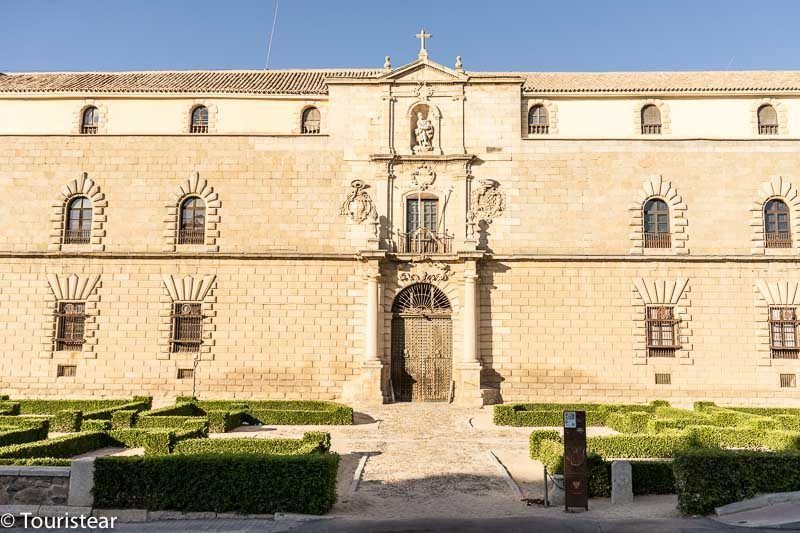
The project was entrusted to Alonso Covarrubias who was facing for the first time having to work on an empty lot. He had to start from scratch, without a preconceived model, which needed to suit the cardinal’s plans.
He thought that the best model was the large private Roman double-patio house described by Vitruvius, which he knew of thanks to an engraving. Thus, he renounced the plateresque decoration by the proportions and the symmetry.
The museum exhibits, in addition to an important collection of flamingo furniture and tapestries from the 16th and 17th century, the aforementioned Pinacoteca that brings together works from El Greco, Luca Giordano, Zurbarán, Tintoretto, Pantoja de la Cruz, Carreño de Miranda, Sanchez Coello, among others.
Park of “La Vega”
Between the door of the Bisagra and the Hospital de Tavera, there is the Parque de la Vega or Merchán Walk.
In its beginnings, this place was a decanty until Mariscal Pedro de Navarra y la Cueva in 1538 ordered the cleaning and arrangement as an esplanade. He intended that this space will be for holding parades, tournament games, and acts of royalty and nobility.
There are documented acts attended by Emperor Charles V.
Toledo festivities were held until they decided to transfer them to a fairground, quite ugly by the way, on the outskirts of Toledo.
During these days it holds public markets, and the medieval market that is usually held in May is also done here. There is also a tourist office if you want a map or need more information.
If you have some time to spare, drop by one of the city gates in Toledo called Puerta del Sol, built in the 14th century by Knights Hospitaller. Get a good view of the gate to see the iconic medallion ordained by Visigothic Ildephonsus.
Circus Roman
Toledo owes its name to Marco Fulbio Nobilior who conquered it in 192 BC and named it Toletum.
The ruins are located on both sides of Avenida Carlos III. In this circus, they mainly hosted car racing.
The Roman Circus of Toledo was built during the 1st century and operated until the 4th century.
At the beginning of the Muslim invasion, the merchants used circus stands to locate their establishments, which were later used as a cemetery. Moreover, today the medieval cemetery remains there and you can see many vestiges.
During the Early Middle Ages, this area was left abandoned and was gradually buried and forgotten by Toledano.
Today it is integrated into the park “School Field,” and there is a school wherever the Roman theater was.
Travel Insurance
Get your travel insurance at Heymondo before you head to the best adventure of your life in Toledo, Spain. You may never have to use it but getting one for an emergency is always a good option.
You can customize travel insurance depending on your needs and budget and get a 5% discount when you purchase through this link.
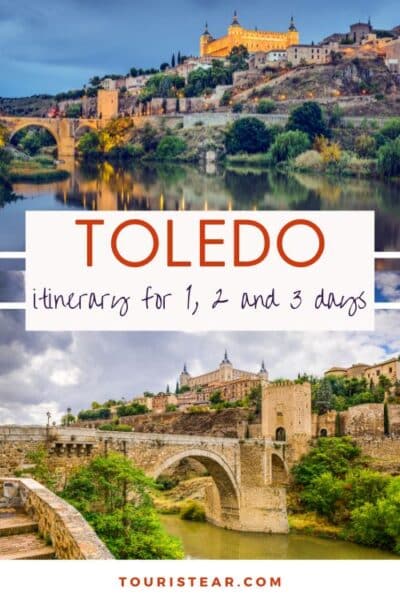
What Is the Best Time to Visit Toledo, Spain?
The best time and weather in Toledo, Spain, are between Spring and Autumn. Expect cold days from October to February, and avoid rainy days from September to June.
Is Toledo, Spain, Worth Visiting?
Toledo, Spain, is a great place you will have to visit in your lifetime. Every step in the city will immerse you fully in gastronomical adventures, well-preserved architecture, and rich history.
With all these amazing sights and culture, Toledo became a UNESCO World Heritage Site in 1986.
What Is Toledo, Spain, Known For?
Toledo is known as the city of three cultures, where Muslims, Jews, and Christians “lived together” for a long time.
Toledo was an imperial city; it was the main seat of the court of King Carlos I of Spain.
They also make some great knives, which you can buy in many shops in the center of town.
Toledo Guided Tours
How about these visits for a weekend in Toledo? Did you imagine there was so much to see in the city of three cultures? So, you know now, plan a two or three-day trip to Toledo and discover this wonderful city, full of art and history.
Plan Your Trip to Toledo
Last Updated on 12 April, 2024 by Veronica
Disclosure: Some of the links on this post are affiliate links, meaning at no additional cost to you, I may earn a small commission if you click through and make a purchase.
Author: Veronica
Vero, a seasoned traveler, has explored 25 countries and lived in five, gaining a rich perspective and fostering an infectious passion for travel. With a heart full of wanderlust, Vero uncovers the world’s hidden gems and shares insights, tips, and planning advice to inspire and assist fellow adventurers. Join Vero and let the shared passion for travel create unforgettable memories.
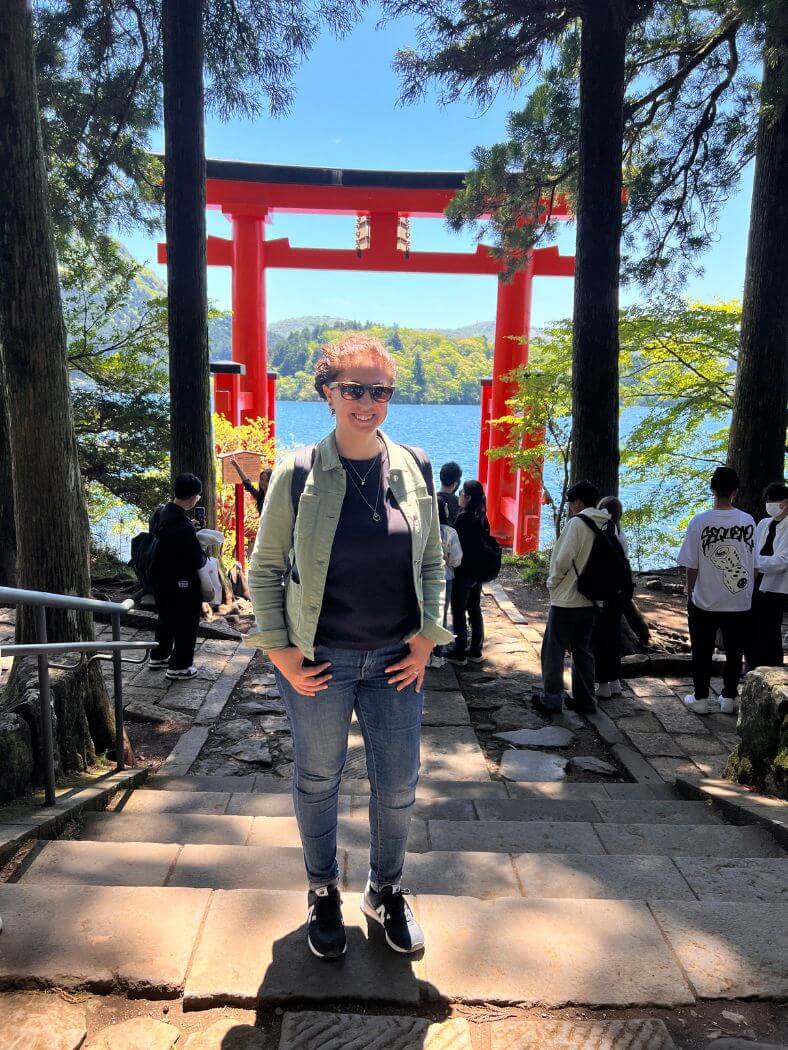






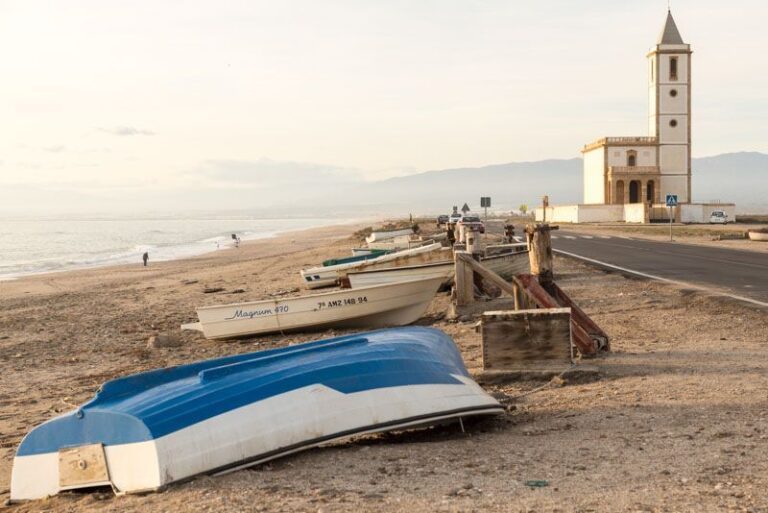

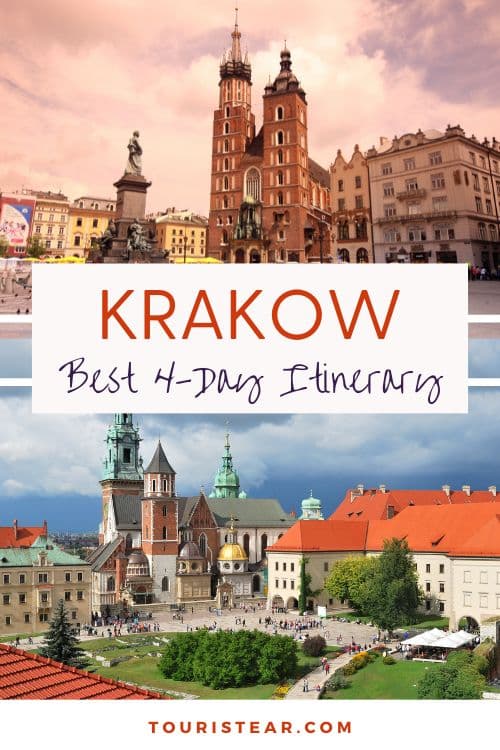

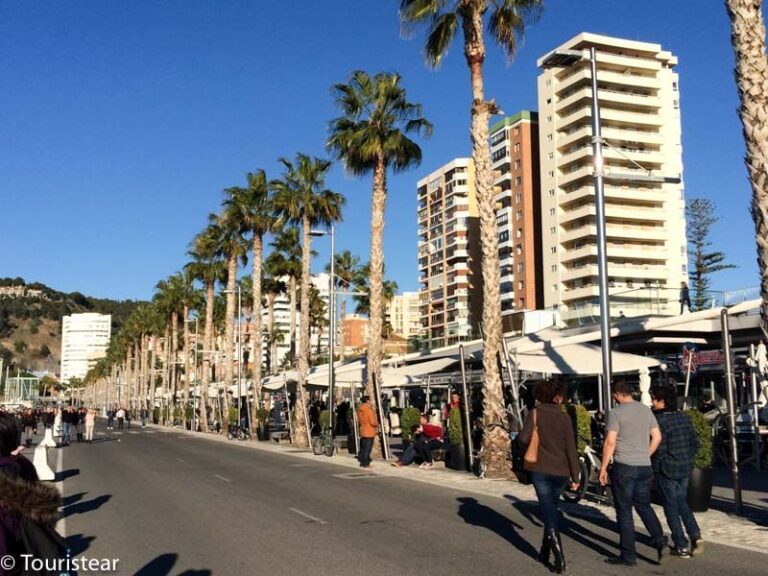
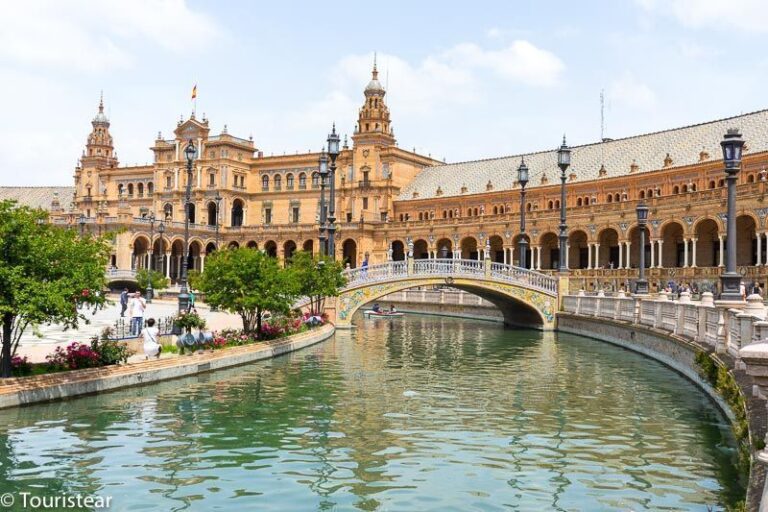
Heymondo won’t do travel insurance for anyone over 45, which is really discriminatory. You should know that.
Hi Stephanie, thanks for telling me this, I’m so sorry to hear that, I didn’t know it. I’ve talked to them and they said: On heymondo.com there are age limits depending on the product and the duration of the trip. For annual multi-trip and long-stay products, the limit is generally 49 years and for travel insurance, it is 69 years for trips of up to 30 days and 49 years for trips lasting more than 30 days. We show it in the presentation of the results of each product.
These restrictions have been in place for a long time since, with COVID but maybe in the future change.
If you’re traveling for long time, maybe you want to check this Safetywind travel insurance.